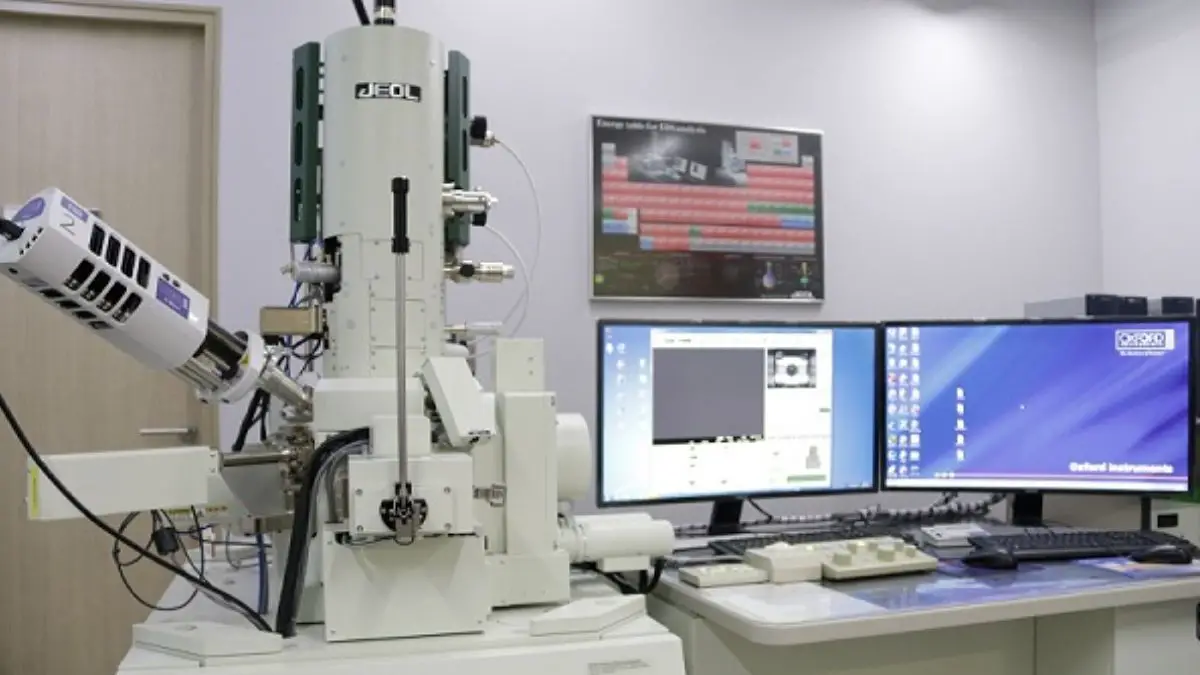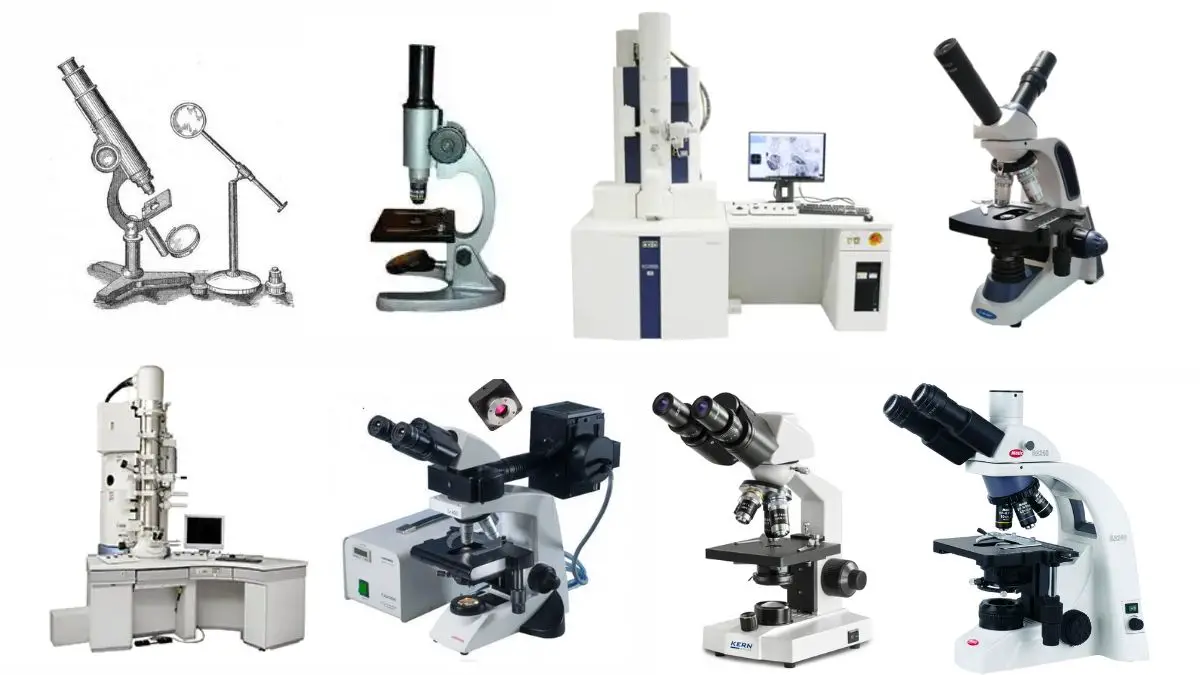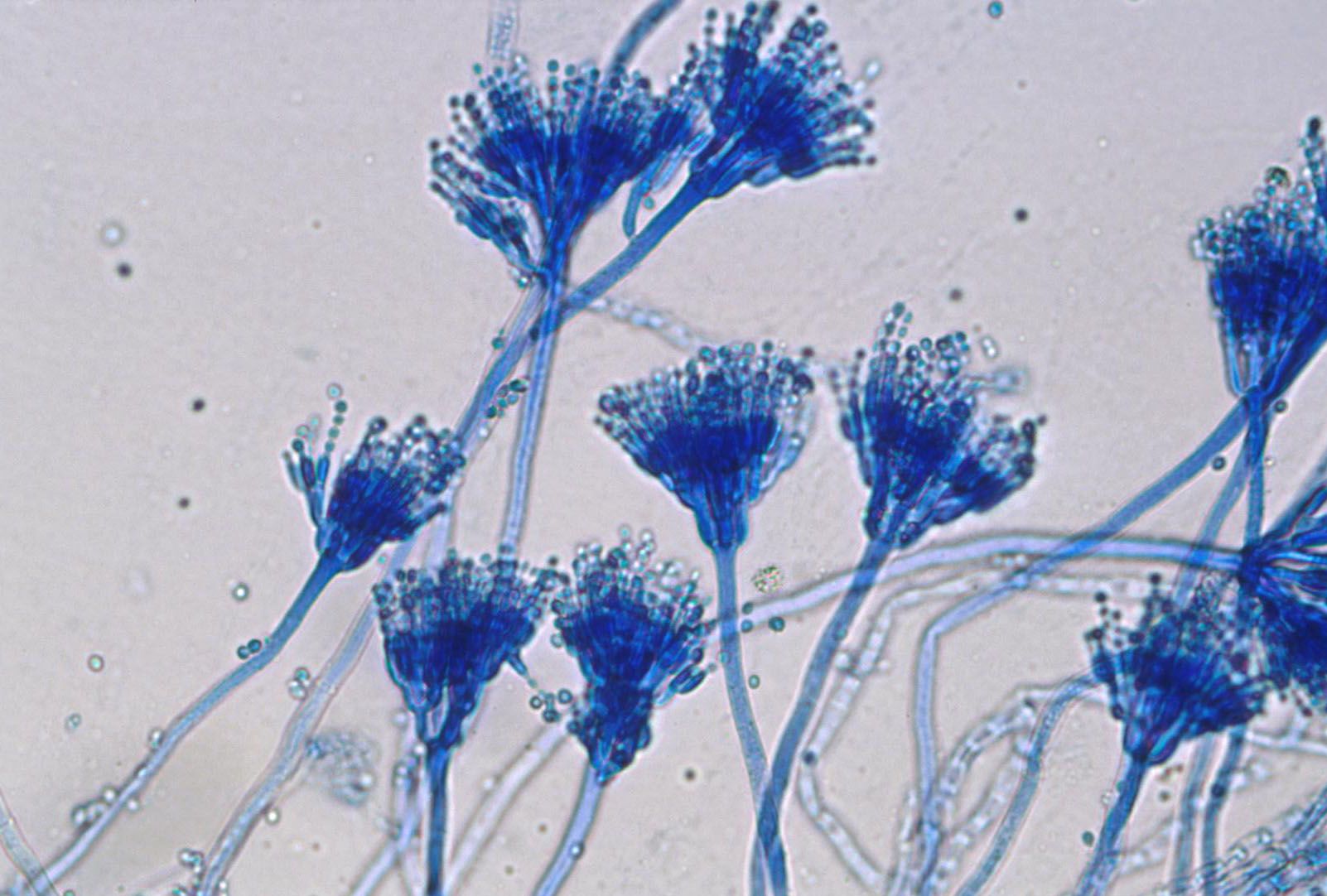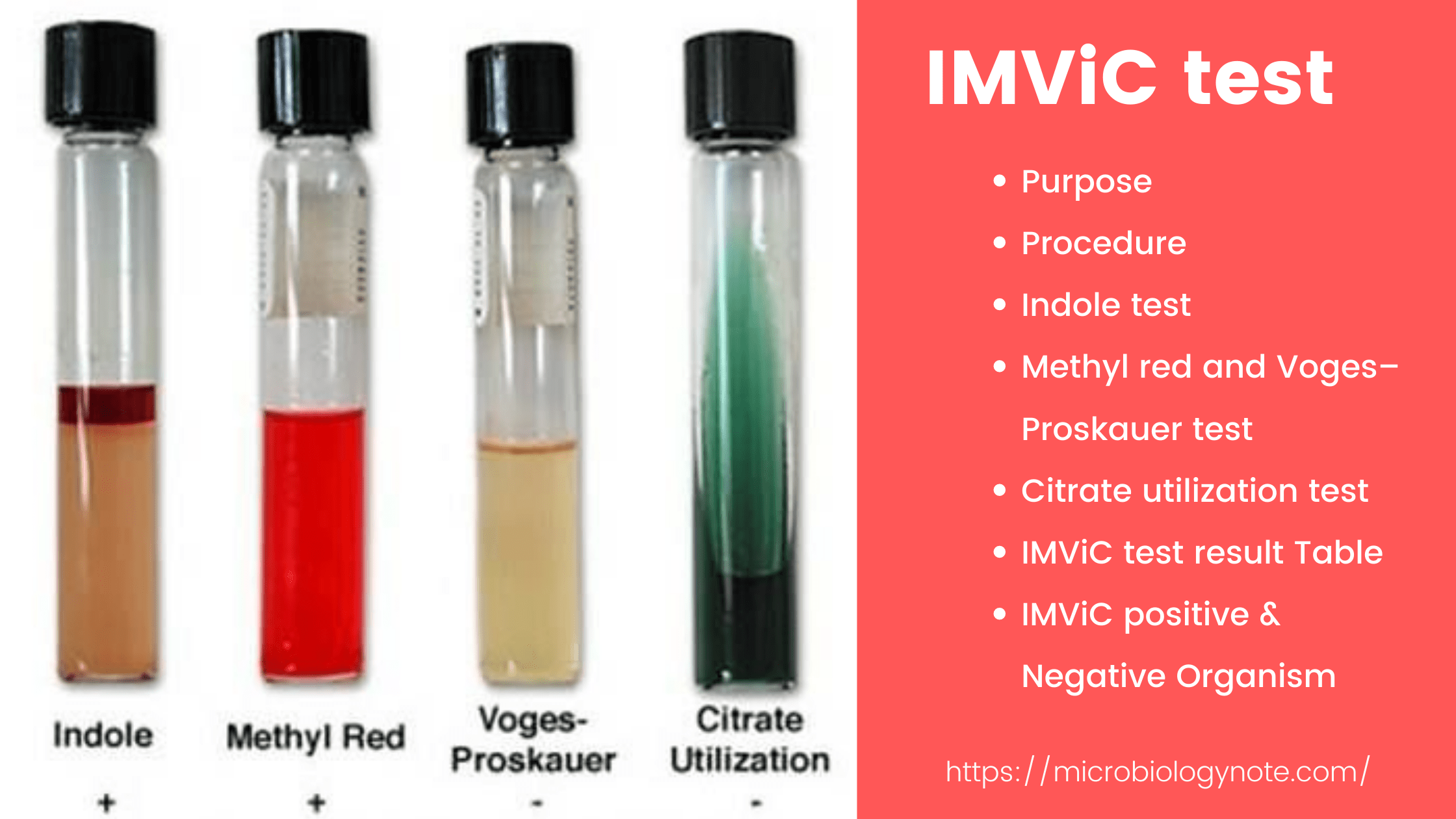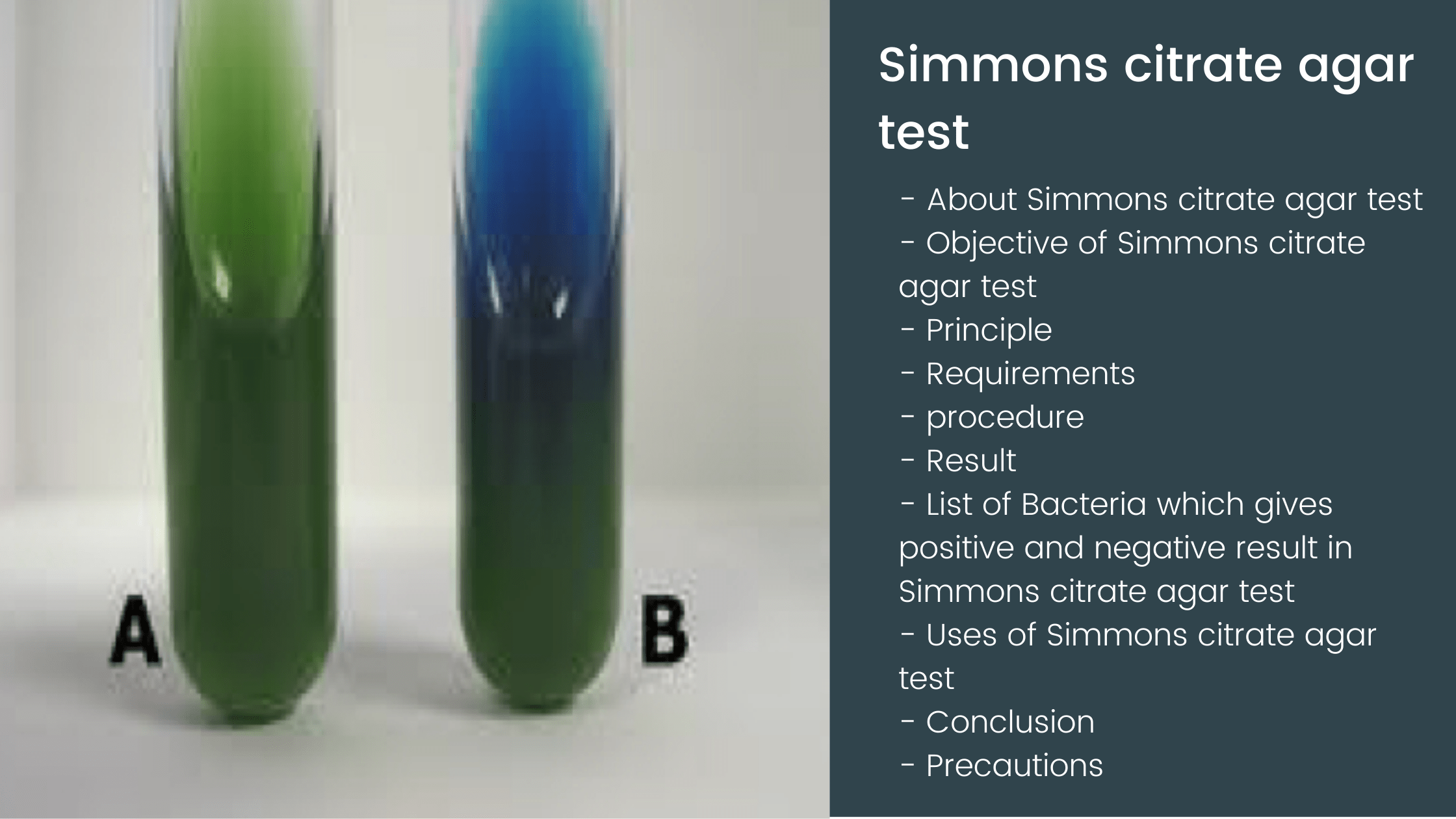Electron Microscope: Definition, Types, Parts, Application, Advantages, Disadvantages
An electron microscope is a type of microscope that uses a beam of electrons to create an image of a sample. Electron microscopes have a higher resolution than optical microscopes, which use light to form an image, and can be used to observe objects that are too small to be seen with an optical microscope. … Read more

